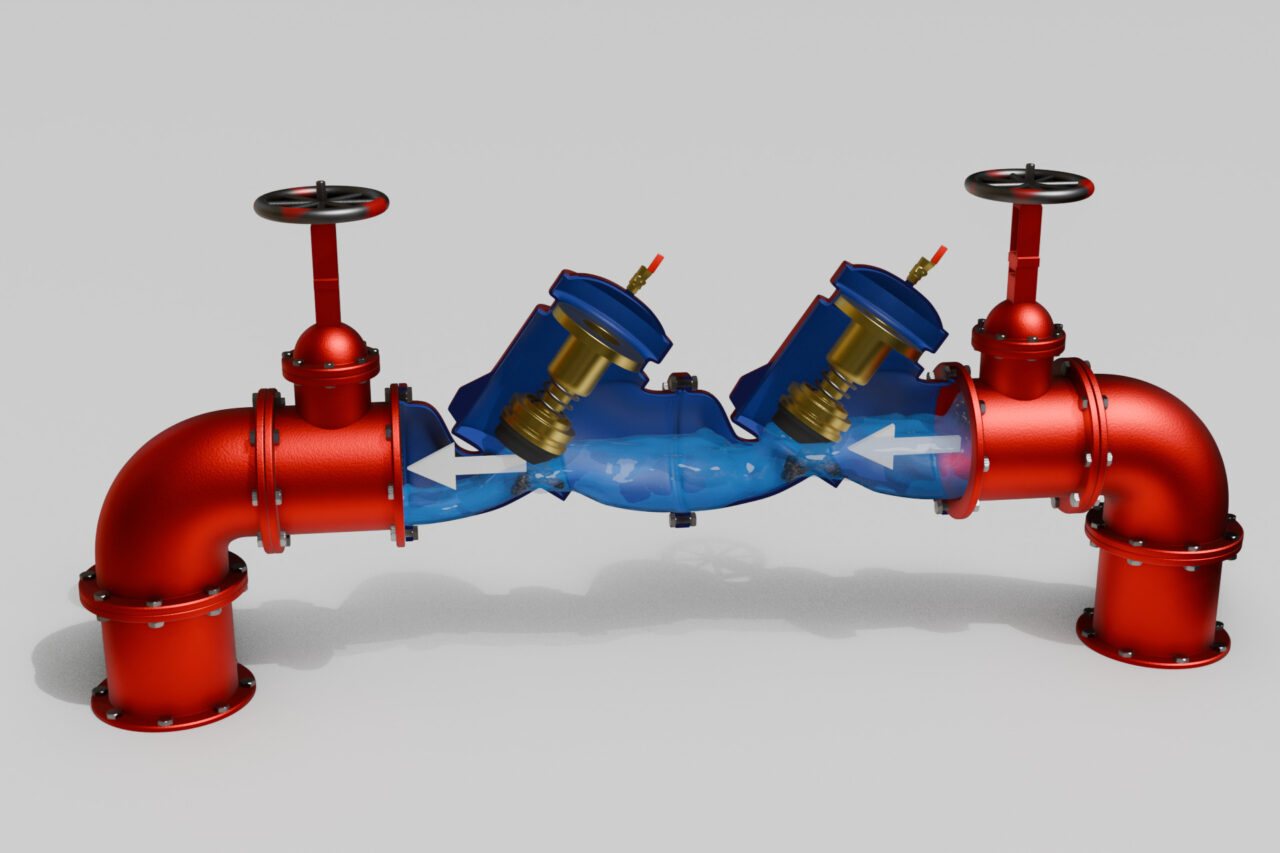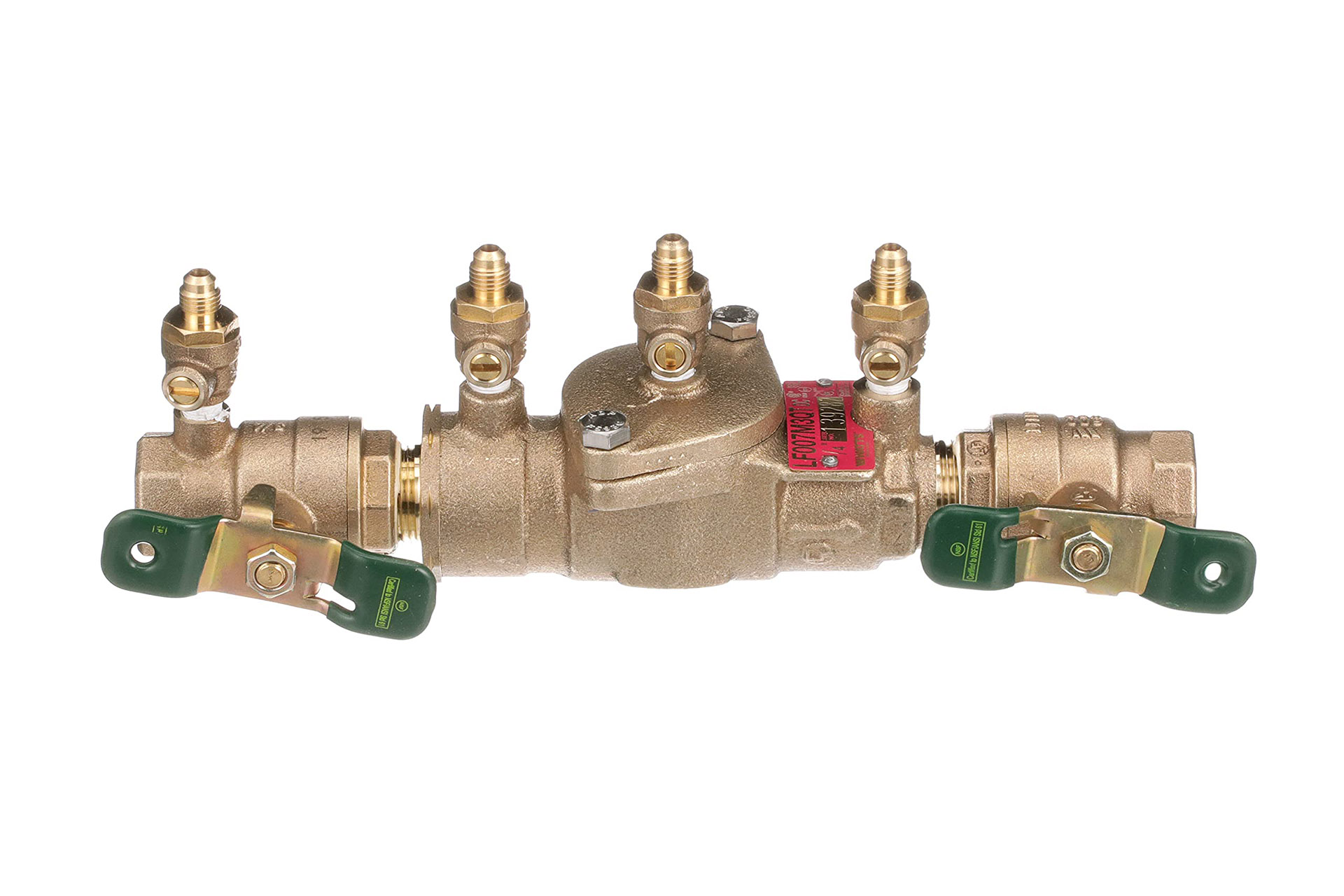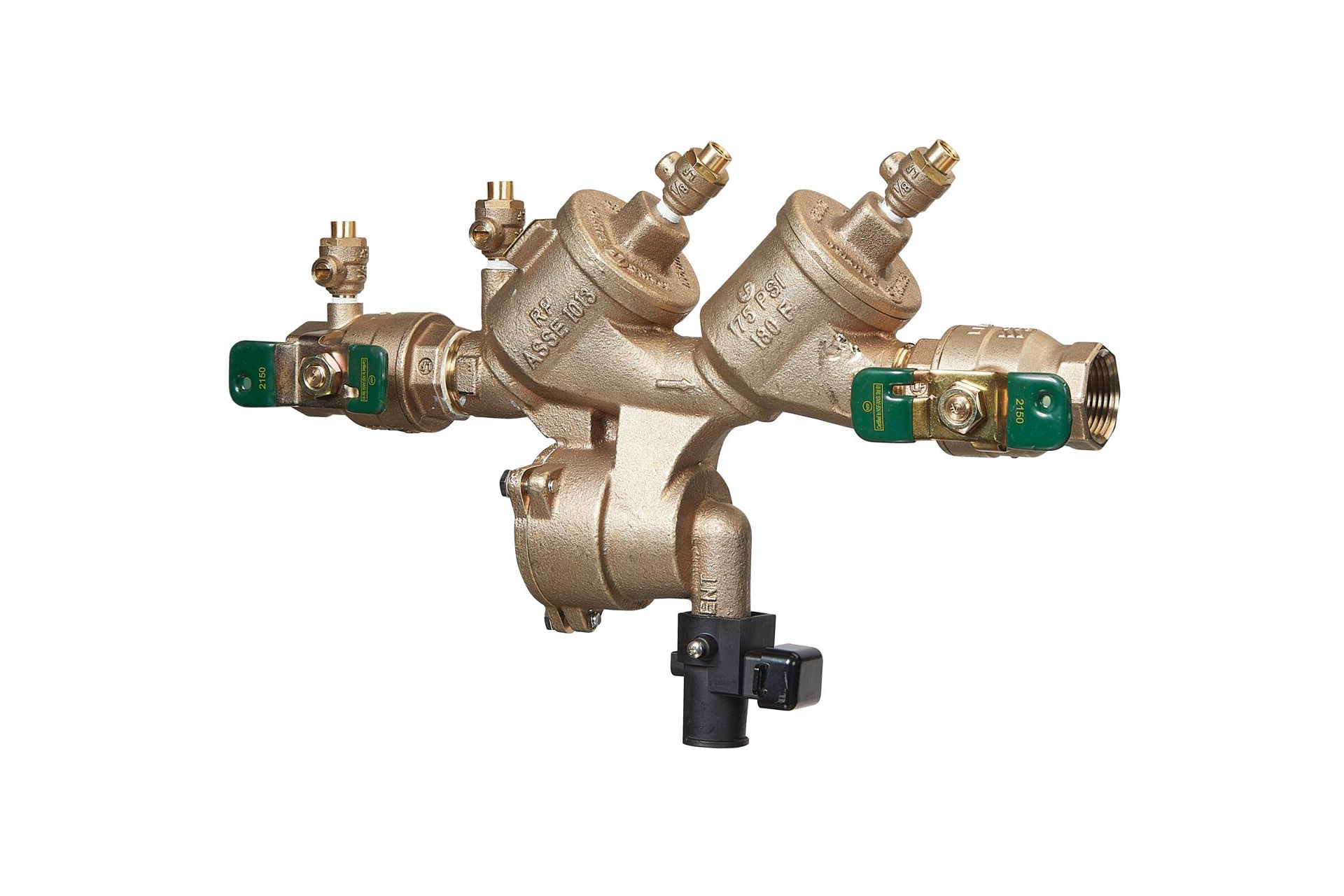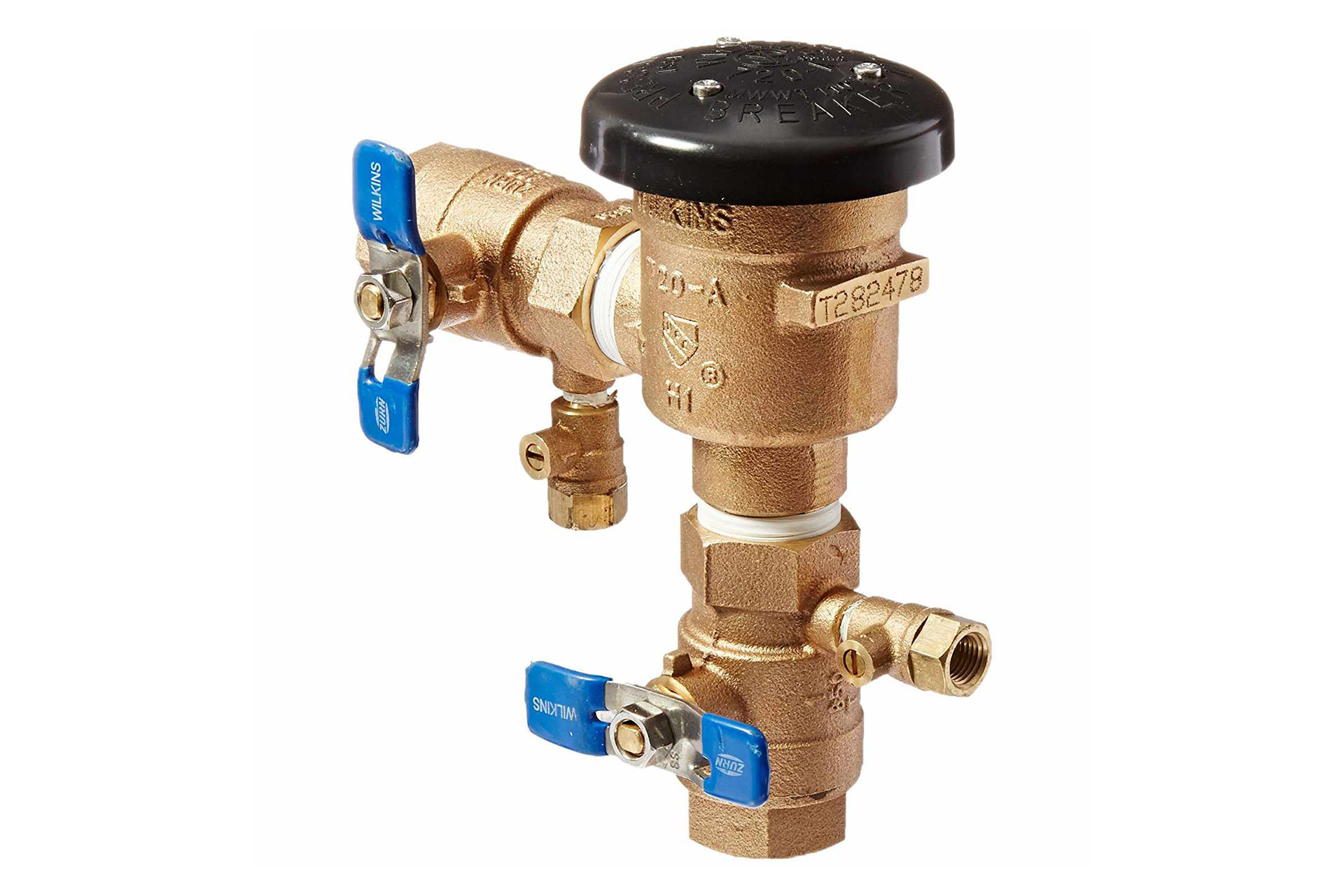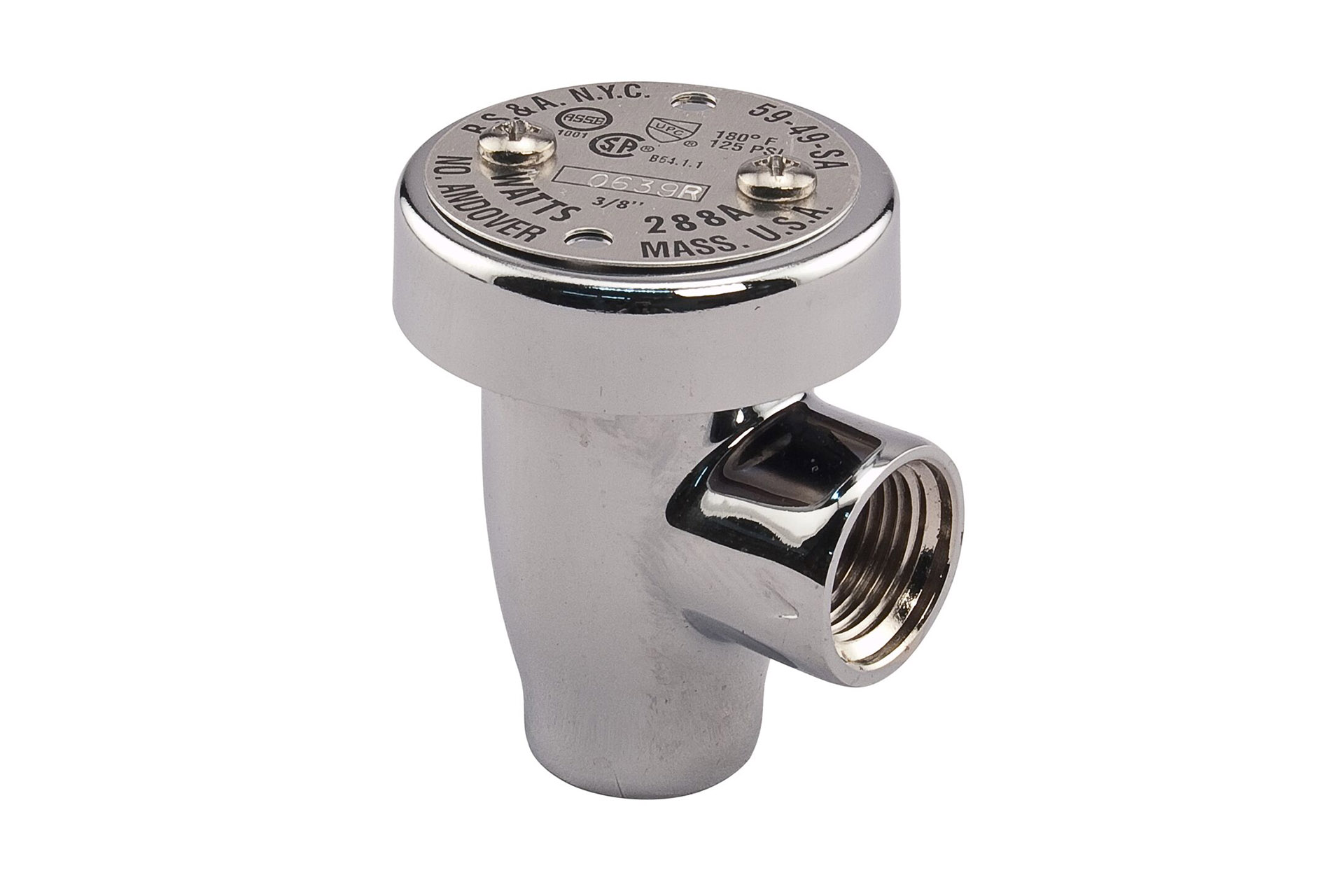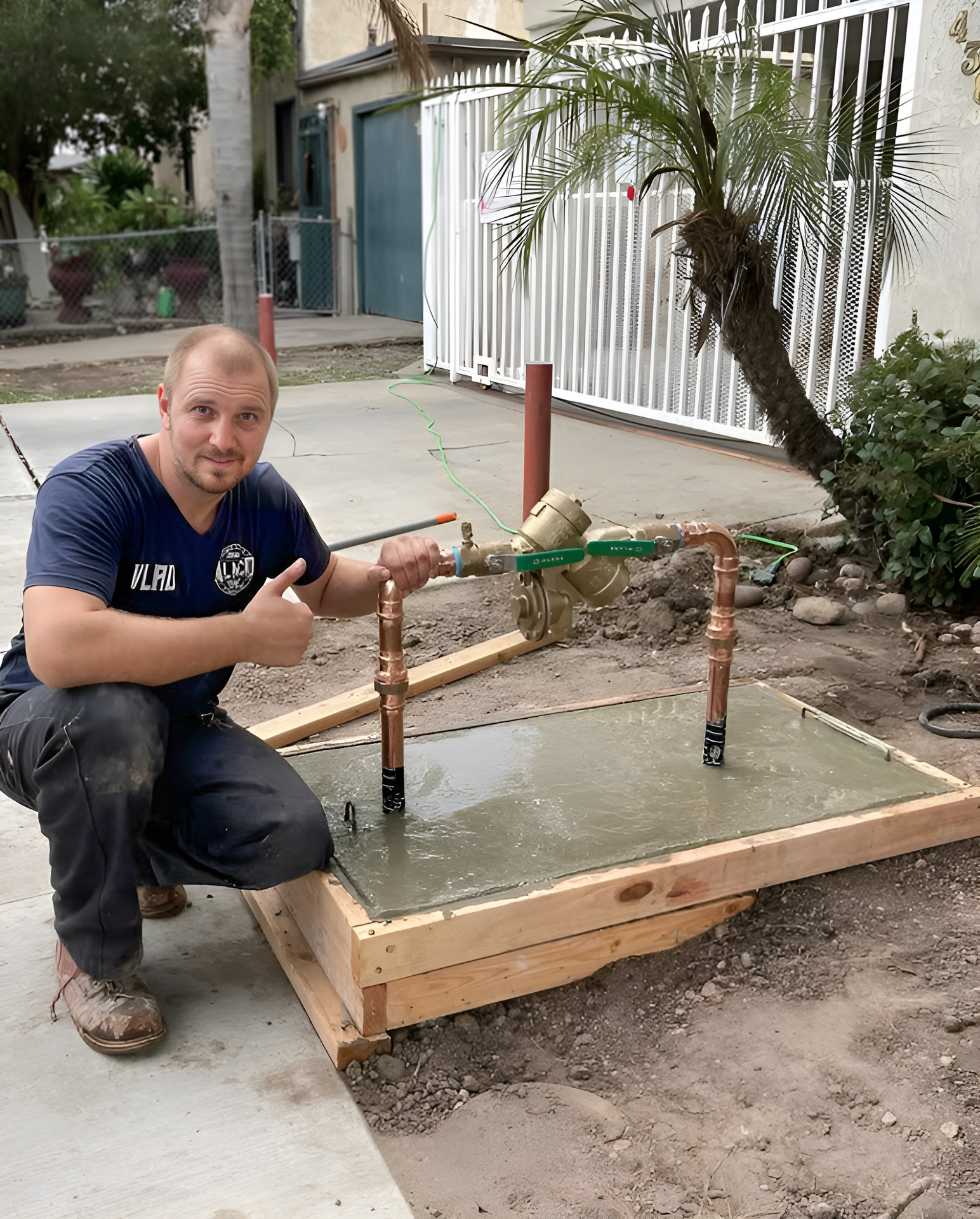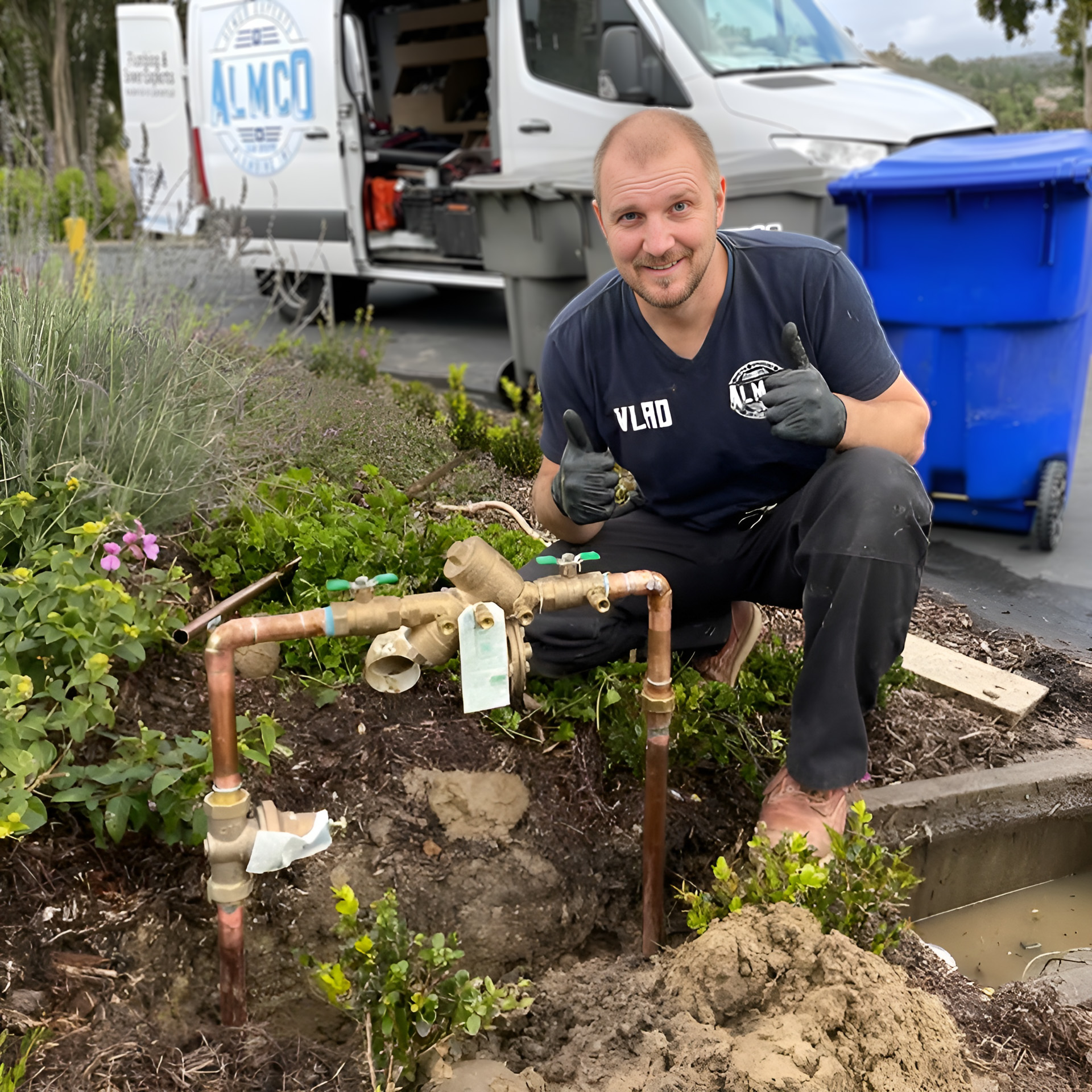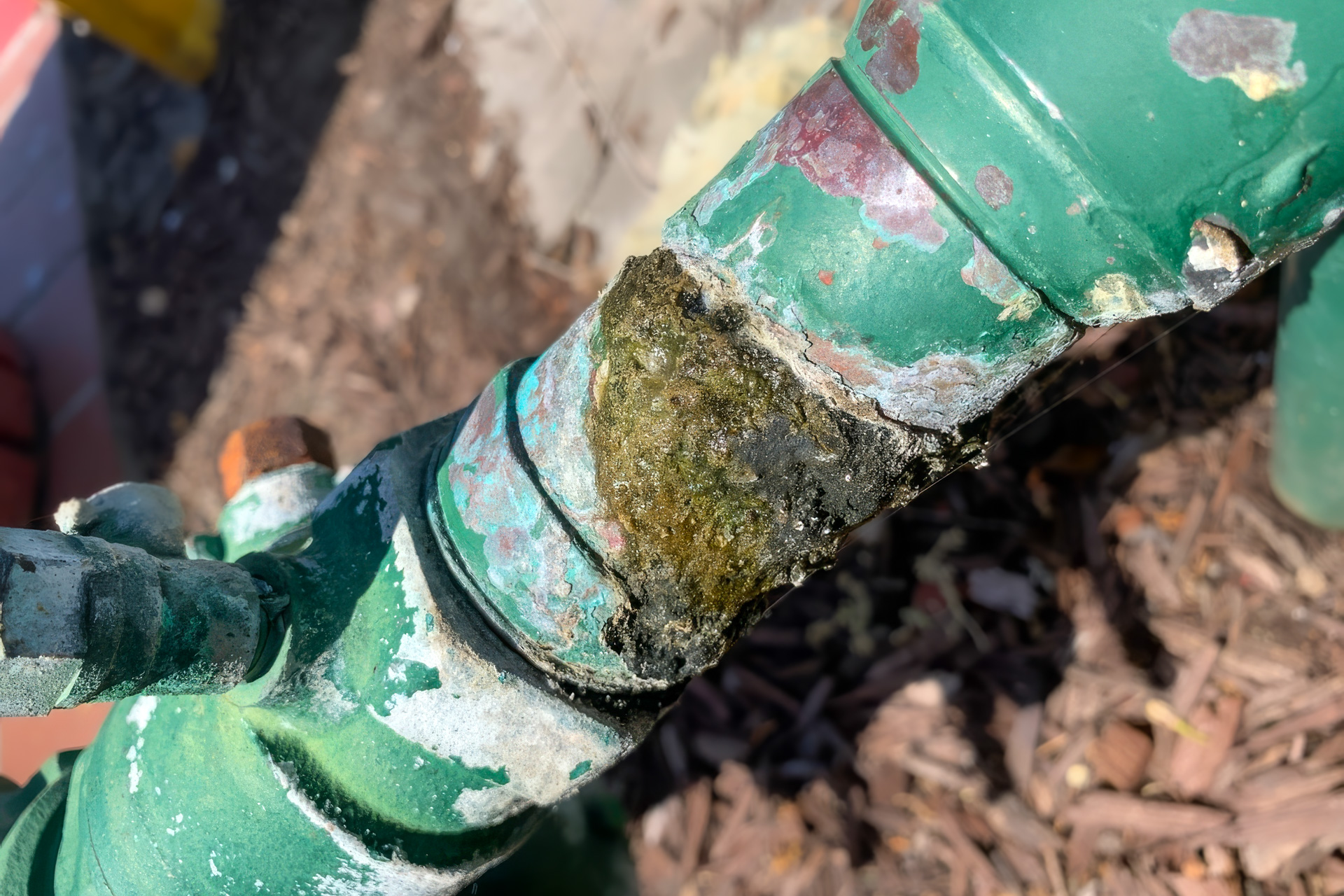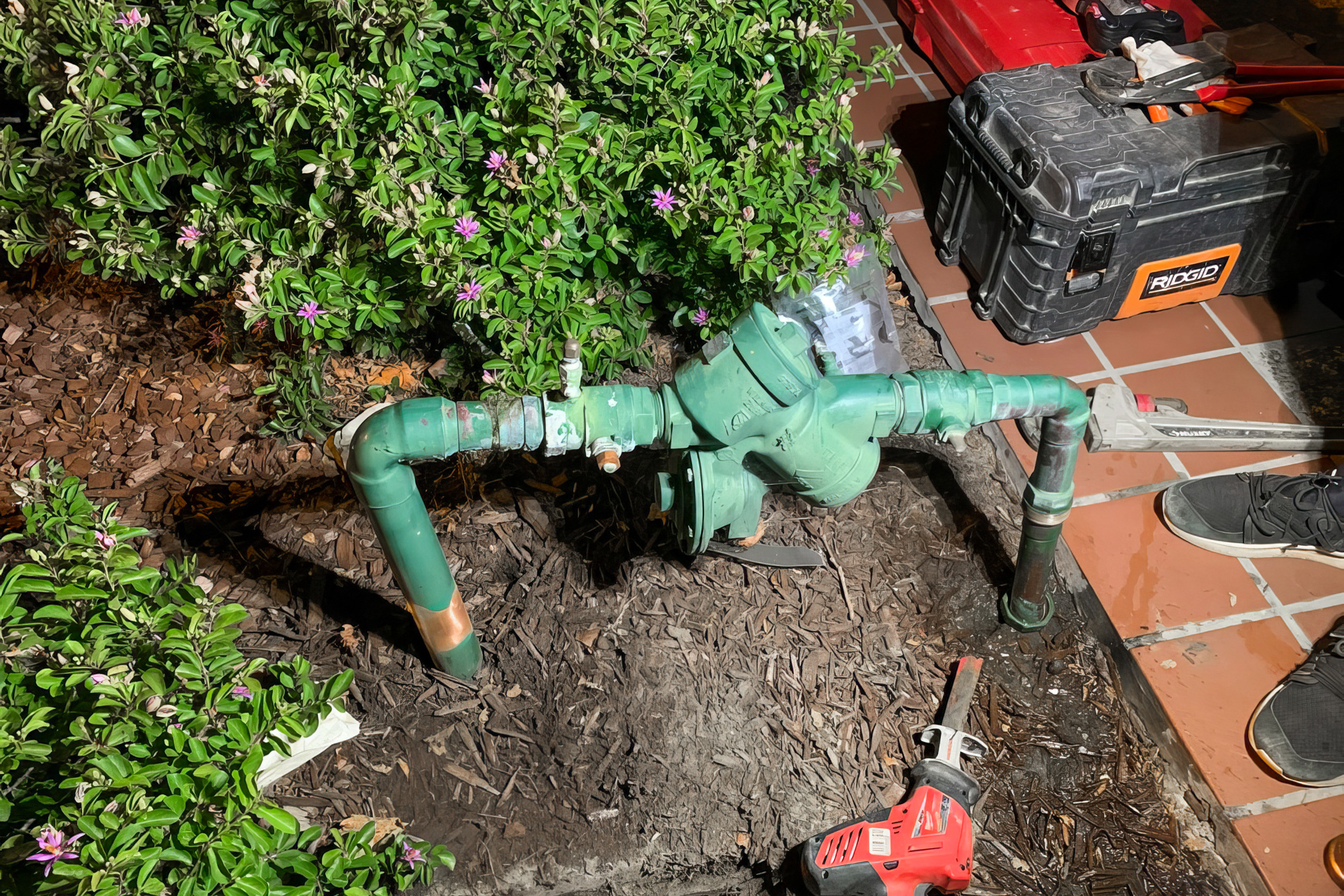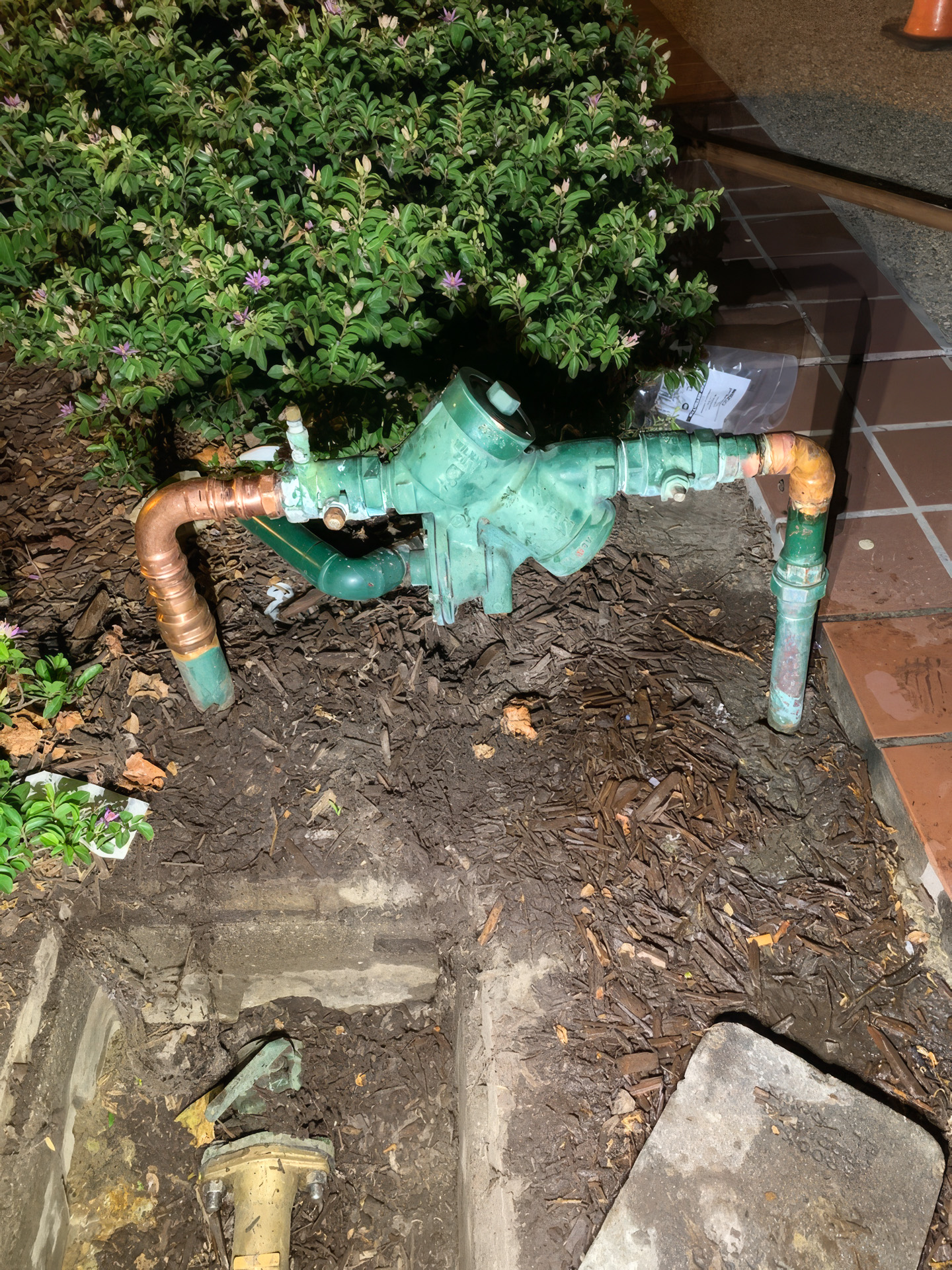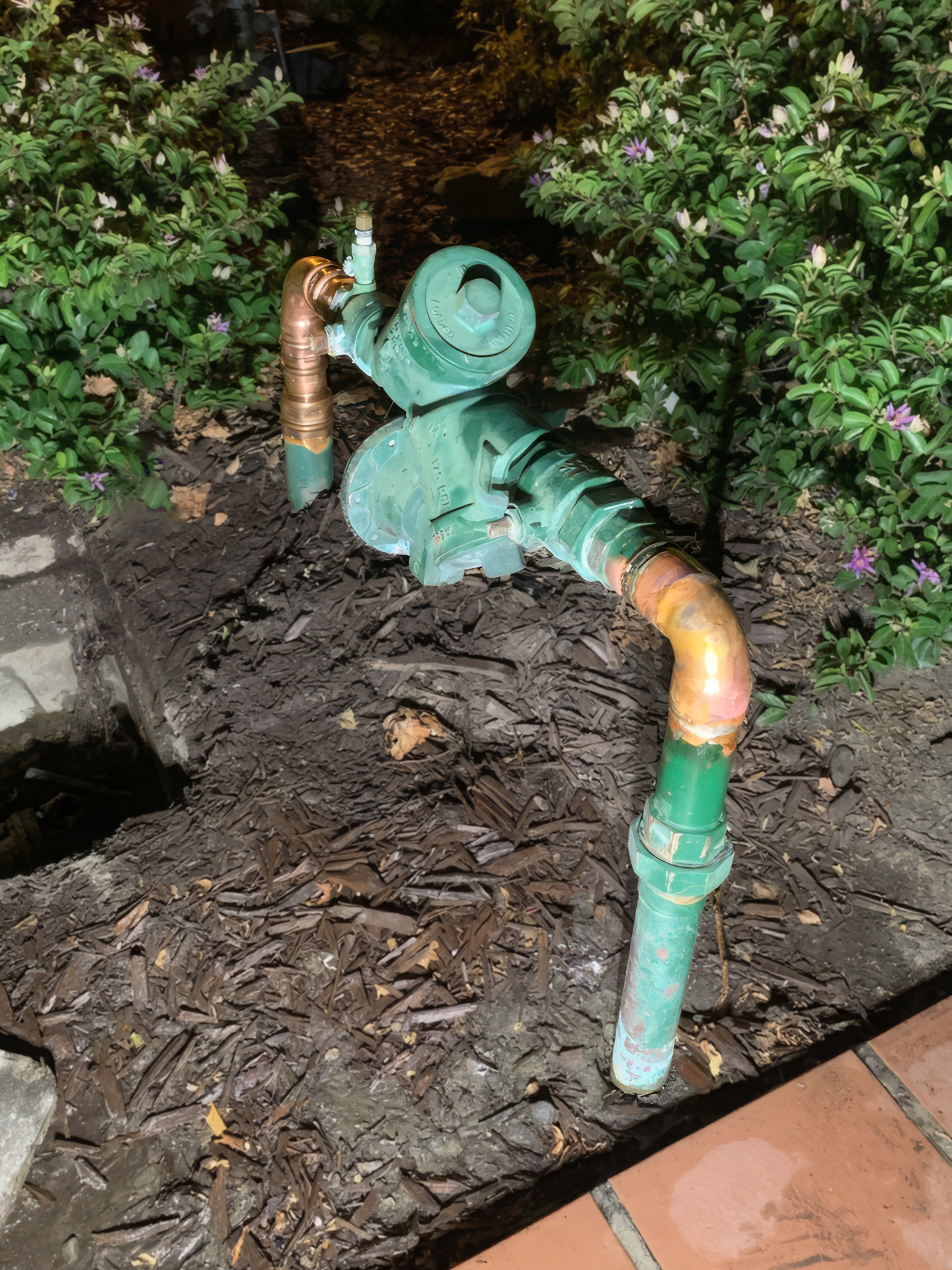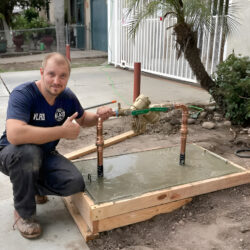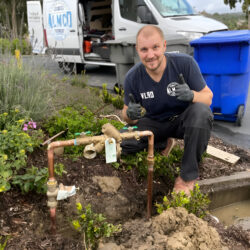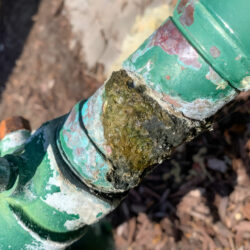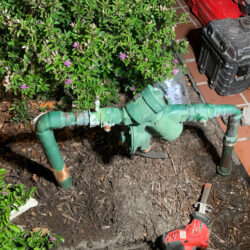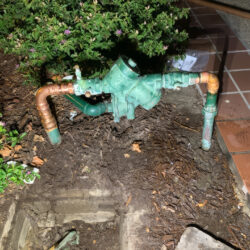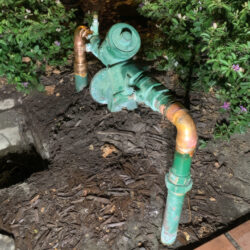The Ultimate Guide to Understanding Backflow Preventers
A backflow preventer is a device installed in plumbing systems to ensure that water flows in one direction only, preventing contaminated water from reversing into the clean water supply. This essential component safeguards against the risk of contamination, protecting your health and the integrity of your water system. In this article, we’ll explore how backflow preventers work, why they are essential, and how to ensure your system remains safe and compliant.
Contents
What is a Backflow Preventer?
A backflow preventer is a specialized plumbing device that ensures water flows in one direction—from your clean water source into your home or building. Its primary function is to prevent contaminated water from reversing direction and entering your drinking water system.
Backflow can occur due to sudden changes in water pressure, such as during a water main break, firefighting operations, or periods of heavy usage. In these situations, water that typically flows out of your home can be pulled back in, potentially carrying harmful substances such as pesticides, chemicals, or sewage.
Acting like a one-way gate, a backflow preventer allows water to enter your property but blocks any reverse flow. It’s a key safeguard for your health and water supply.
Backflow preventers are often installed in:
- Irrigation systems (sprinklers)
- Commercial properties
- Fire suppression systems
Without a backflow preventer, contaminated water could enter the same pipes that supply your drinking water. That’s why many cities and municipalities require these devices, ensuring that residential and commercial properties meet safety standards.
Types of Backflow Preventers
There are several types of backflow preventers, each suited for different applications and risk levels:
- Double Check Valve Assembly (DCVA)—This device consists of two check valves that work together to prevent backflow. It is commonly used in low-to medium-risk applications, such as fire sprinkler systems and residential plumbing.
- Reduced Pressure Zone (RPZ) Valve—Designed for high-risk situations, RPZ valves feature an additional relief valve that provides extra protection against backflow. They are often installed in industrial settings and hospitals.
- Pressure Vacuum Breaker (PVB)—Ideal for irrigation systems, this device uses an air inlet valve to prevent contaminated water from siphoning back into the main water supply. PVBs are cost-effective and commonly required for lawn sprinkler systems.
- Atmospheric Vacuum Breaker (AVB)—A simpler version of a PVB, this device allows air to enter the system when backflow occurs, breaking the siphon effect. AVBs are often used in outdoor faucets and hose bibs.
Each type of backflow preventer serves a unique purpose, ensuring the safe flow of water and minimizing the risk of contamination. Regular inspection and maintenance are essential to keep these devices functioning properly.
When Do You Need a Backflow Preventer?
While not all plumbing systems require a backflow preventer, certain situations make them essential—and often legally required. Whether you’re a homeowner, business owner, or property manager, knowing when to install one can safeguard your water supply and maintain compliance with local codes.
Common scenarios requiring a backflow preventer include:
- Irrigation Systems. Lawn or garden sprinkler systems often connect to fertilizers or pesticides, creating a risk of contamination. A backflow preventer stops these substances from entering the water supply.
- Commercial & Industrial Properties. Businesses that use chemicals, cleaning agents, or equipment connected to water lines (e.g., dishwashers or manufacturing machinery) are at higher risk and typically require backflow protection.
- Multifamily Buildings & Complex Systems. Properties such as apartments and condominiums with booster pumps or intricate plumbing often need backflow preventers to manage pressure changes and prevent cross-connections.
- Local Code Requirements. Many municipalities require backflow preventers under building and plumbing codes. Always check with your local water authority for specific regulations.
Protecting your drinking water is a shared responsibility. If your system poses even a slight risk of contamination, installing a backflow preventer is smart and often required.
Installing a Backflow Preventer—DIY or Professional?
When it comes to installing a backflow preventer, homeowners and business owners often wonder if it’s a task they can handle themselves or if a professional installation is necessary. While some basic installations can be done as a do-it-yourself project, most cases require professional expertise to ensure code compliance and proper operation.
For simple applications, such as installing a PVB on a residential irrigation system, experienced do-it-yourselfers may be able to handle the job. Key requirements for a successful DIY installation include:
- Basic plumbing skills and tools
- An understanding of local plumbing codes and regulations
- Proper placement and securing of the unit
- Testing to confirm functionality
However, installation mistakes can lead to leaks, improper operation, and even legal penalties if the unit does not meet local water safety standards.
For most plumbing systems, professional installation is the best choice. Certified plumbers ensure this:
- The backflow is correctly installed, meaning it is the same size as the water meter and before the pressure regulator
- The unit is installed according to local codes and regulations
- The system is properly tested to ensure backflow protection
Many municipalities require professional installation and testing by a licensed plumber, especially for high-risk applications such as commercial or industrial sites.
So, while smaller backflow preventer installations can be DIY-friendly, the safest and most reliable approach is to hire a professional. This will ensure that your system remains compliant, functional and, most importantly, effective in protecting your clean water supply.
Choosing the Right Backflow Preventer
The correct choice of backflow preventer depends on several factors, including the type of system, the level of risk, and local codes. Here are some key considerations to help guide your decision:
- Contamination Risk. If you’re dealing with high-risk situations, such as areas exposed to chemicals, a Reduced Pressure Zone (RPZ) valve offers the highest level of protection. For residential applications or low-risk scenarios, a DCVA may be sufficient.
- Type of Plumbing System. Your choice will depend on where the backflow preventer will be installed. Irrigation systems often require a PVB or AVB, while more complex systems such as fire sprinklers may require a DCVA or RPZ valve.
- Local Codes. Make sure the backflow preventer you choose meets your local plumbing code and water authority requirements.
- Maintenance & Testing. Some backflow prevention devices, such as RPZ valves, require more frequent maintenance than others. Make sure you can commit to regular inspections or hire a professional plumber to perform them.
Choosing the right backflow preventer will ensure that your water system remains safe, code-compliant and free of harmful contaminants. Consult a plumbing professional such as Almco to guide you through the selection process if you are not sure of your choice.
A backflow preventer is an essential component of any plumbing system, providing critical protection against water contamination. With professional contractors like Almco Plumbing, San Diego residents and businesses can enjoy peace of mind knowing that their water supply is safe.
